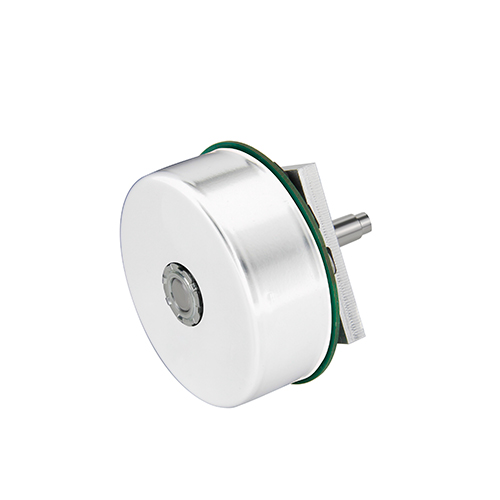Elemental Motion: A Beginner's Guide
Constructing a simple motor with a magnet is a project that reveals the elegant principles behind electric motion. At Power Motor, our work as a brushless motor manufacturer builds upon these very fundamentals, albeit with far greater complexity and precision. The basic setup demonstrates the core interaction between electricity and magnetism that drives all types of permanent magnet motors. This process offers a clear view into the forces we harness every day.

The Core Components You Will Need
To build a rudimentary motor, you only require a few items. You need a permanent magnet, which will serve as the stator—the stationary part that produces a magnetic field. You will also need a coil of wire, which will act as the electromagnet, or rotor. A battery is necessary to send current through the coil, and a method to support the coil while allowing it to spin, such as two paper clips, is essential. This simple arrangement mirrors the core components found in all types of permanent magnet motors, where a magnetic field interacts with an energized coil to create motion.
The Process of Creating Rotation
The principle at work is the Lorentz force. When you connect the battery to the coil, an electric current flows through the wire, generating a temporary magnetic field around it. This electromagnetic field then interacts with the static field of the permanent magnet. The like poles repel, and the opposite poles attract, creating a torque, or a twisting force, on the coil. If the coil is balanced correctly on its supports, this torque causes it to spin. To keep it rotating continuously, a commutation system—even a simple one made by scraping insulation from part of the wire—is needed to periodically reverse the current direction in the coil, maintaining the push-pull effect. This is the foundational concept for all motor operation.
From a Simple Demo to Professional Manufacturing
While a homemade motor illustrates the principle, it lacks efficiency, power, and control. The journey from this basic model to the sophisticated units we produce as a brushless motor manufacturer involves significant engineering. We replace the physical commutation with electronic controllers for flawless timing. We use high-grade neodymium magnets for stronger fields and precision-wind the coils for maximum performance. The various types of permanent magnet motors, including BLDC and PMSM units, are all refined applications of this core idea, optimized for reliability, speed control, and torque in industrial settings.
Building a basic motor is an excellent way to understand the magnetic forces that generate motion. It highlights the essential partnership between a permanent magnet and an electromagnet. For us at Power Motor, this fundamental knowledge is the starting point. As a dedicated brushless motor manufacturer, we advance these principles to engineer the advanced types of permanent magnet motors that power modern technology, ensuring they meet the rigorous demands of commercial and industrial applications.
